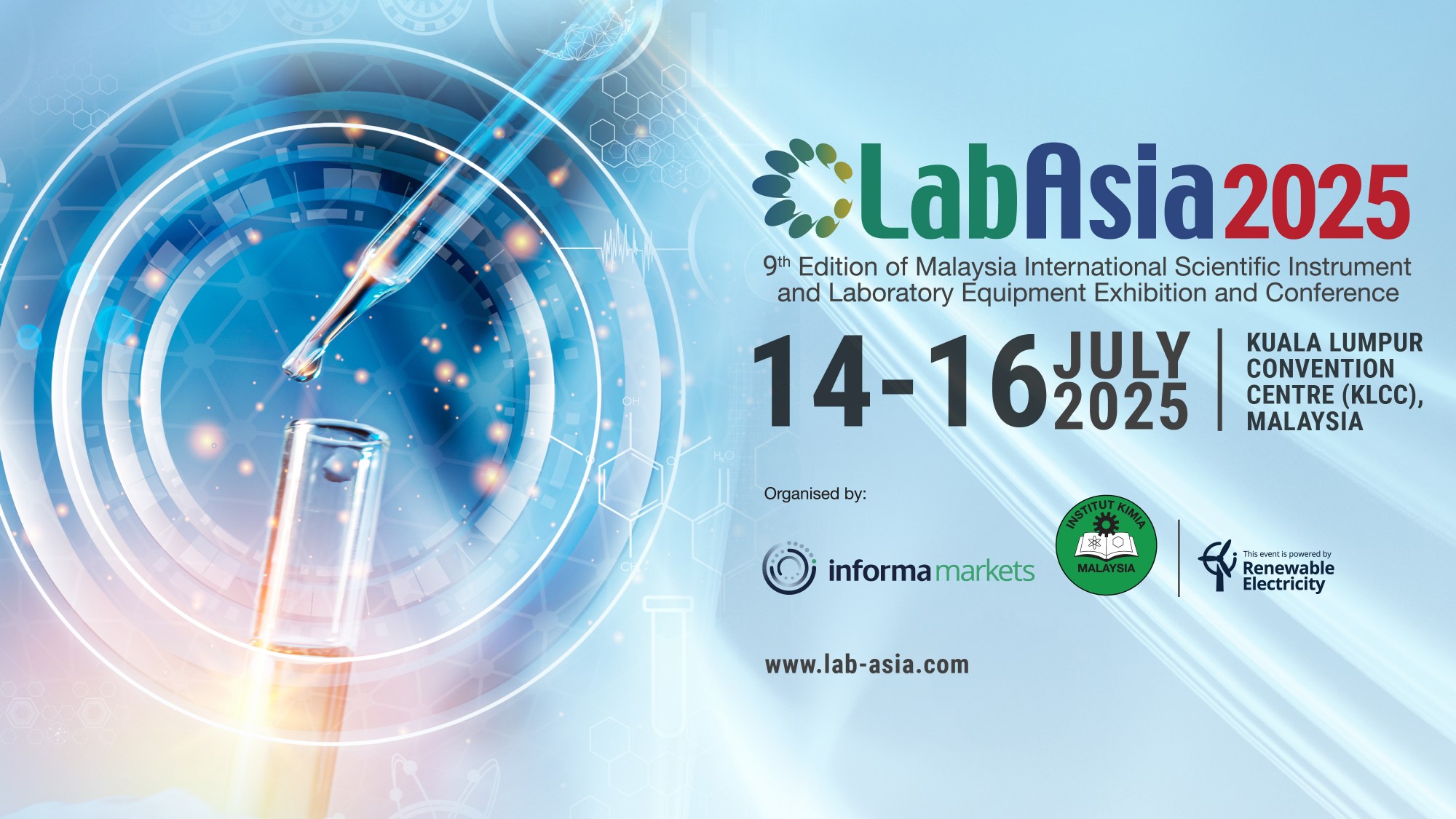The third national soil census is coming! Click to know more testing items...
Published:2022-09-27 14:13
Editor:Weiye
According to the relevant decisions and arrangements of the CPC Central Committee and the State Council, in order to fully grasp the situation of soil resources in China, the State Council has decided to carry out the third national soil census from 2022. The objects of this census include the soil of cultivated land, garden land, forest land, grassland and other agricultural land and some unused land. The development of this work has once again promoted the attention of all sectors of society to soil issues.
So how important is soil to us, and what are the hazards of soil pollution?
1. Importance of soil
Soil is the loose surface layer on the earth's land surface that can grow plants. Soil is characterized by fertility, the ability of soil to continuously supply and coordinate the water, nutrients, air, heat and other conditions necessary for the growth and development of crops. Soil is an integral part of terrestrial ecosystem and plays an irreplaceable role in maintaining ecological balance.
2. Harm of soil pollution
Soil pollution can have serious consequences, threatening both the environment and human health. The accumulation of pollutants in the soil will inevitably lead to food pollution, and ultimately endanger human health. It will also lead to reduced crop yield, quality, and vegetation, and may even cause secondary environmental problems such as air, surface water, groundwater pollution, and human and animal diseases.
In this soil census, Weiye is equipped systematic testing reagents and solutions for use in laboratories. These preparations provide technical support and quality traceability assurance for testing workers in testing work.
3. Test items and analysis methods
3.1 Detection field: Soil inorganic pollutants
| Test items |
Analytical method |
Cantno
|
| Total cadmium |
GAAS method、ICP-MS method |
GB/T 17141-1997、 HJ 766-2015 |
| Total mercury |
Atomic fluorescence method |
GB/T 22105.1- 2008 |
| Total arsenic |
Atomic fluorescence method |
GB/T 22105.2 - 2008、HJ 766-2015 |
| Total lead |
ICP-MS method、ICP-AES method、GAAS method |
HJ 766-2015和GB/T 14506.30-2010、HJ 781-2016、GB/T17141 - 1997 |
| Total chromium |
ICP-AESmethod、ICP-MS method、FAAS method |
HJ 781-2016、 HJ 766-2015、 HJ491-2009 |
| total copper |
ICP-AES method、ICP-MS method、FAAS method |
HJ 781-2016、 HJ 766-2015、GB/T 17138- 1997 |
| total nickel |
ICP-AES method、ICP-MS method、FAAS method |
HJ 781-2016、 HJ 766-2015、GB/T 17139- 1997 |
| total zinc |
ICP-AES method、ICP-MS method、FAAS method |
HJ 781-2016、 HJ 766-2015、GB/T 17138 -1997 |
| total cobalt |
ICP-AES method、ICP-MS method |
HJ 781-2016、 HJ 766-2015 |
| total vanadium |
ICP-AES method、ICP-MS method |
HJ 781-2016、 HJ 766-2015 |
| total antimony |
ICP-AES method、ICP-MS method |
HJ 781-2016、 HJ 766-2015 |
| total thallium |
ICP-AES method、ICP-MS method |
HJ 781-2016、 HJ 766-2015 |
| total manganese |
ICP-AES method、ICP-MS method |
HJ 781-2016、 HJ 766-2015 |
| total beryllium |
ICP-AES method、ICP-MS method |
HJ 781-2016、 HJ 766-2015 |
| total molybdenum |
ICP-MS method |
HJ 766-2015 |
| Fluoride |
ion selective electrode method |
GB/T 22104-2008 |
| Cyanide |
Isonicotinic acid-barbituric acid spectrophotometry, isonicotinic acid-pyrazolinone spectrophotometry |
HJ 745-2015 |
3.2 Detection field: soil organic pollutants
| Test items |
Analytical method |
Cantno
|
| Soil organic pollutants PAHs |
GC-MSD method |
HJ 805-2016 |
| organochlorine pesticides |
GC-MSD method |
HJ 921-2017 |
| Phthalates |
GC-MSD method |
ISO 13913-2014 |
| (C10-C40)Petroleum hydrocarbons (C10-C40) |
GC-FID method |
ISO 16703:2011 |
| volatile organic compounds |
Headspace GC-MSD method, purge and trap GC-MSD method |
HJ 642-2013、 HJ 605-2011 |
| Phenols |
GC-FID method |
HJ 703-2014 |
| Nitrobenzenes |
GC-MSD method |
EPA method 8270D |
| Anilines |
GC-MSD method |
EPA method 8270D |
| PCBs |
GC-MSD method |
HJ 743-2015 |
| Dioxins and Furans |
HRGC-HRMS method |
HJ 77.4-2008 |
3.3 Detection field: Soil physical and chemical properties
| Test items |
Analytical method |
Cantno
|
| moisture |
gravimetric method |
HJ 613-2011 |
| PH value |
glass electrode method |
NY/T 1377-2007 |
| moisture |
Potassium dichromate volumetric method |
LY/T1237-1999 |
| Mechanical composition |
Pipette method, Densitometer method |
LY/T1225-1999 |
| Cation exchange capacity |
Ammonium acetate exchange method, ammonium chloride-ammonium acetate exchange method |
NY/T 295-1995 |
3.4 Detection field: Agricultural products (rice/wheat) pollutants
| Test items |
Analytical method |
Cantno
|
| Total arsenic |
ICP-MS method, AFS method |
GB 5009.11-2014 |
| total lead |
GAAS method, AFS method, ICP-MS method |
GB 5009.12-2010 |
| total cadmium |
GAAS method, ICP-MS method |
GB 5009.15-2014 |
| total mercury |
Atomic fluorescence method, cold atomic absorption method |
GB 5009.17-2014 |
| total copper |
FAAS method, GAAS method, ICP-MS method |
GB 5009.13-2003 |
| total zinc |
FAAS method, ICP-MS method |
GB 5009.14-2003 |
| total nickel |
GAAS method, ICP-MS method |
GB 5009.138-2003 |
| total chromium |
GAAS method, ICP-MS method |
GB 5009.123-2014 |
3.5 Detection field: Inorganic pollutants in groundwater
| Test items |
Analytical method |
Cantno
|
| mental elements(same as soil) |
ICP-AES method, ICP-MS method, AFS method |
HJ 776-2015、HJ 700-2014、HJ694-2014 |
| Fluoride |
Ion selective electrode method, ion chromatography |
GB 7484-87、HJ 84-2016 |
| Cyanide |
isonicotinic acid-pyrazolone spectrophotometric method |
HJ 484-2009 |
3.6 Detection field: Organic Pollutants in groundwater
| Test items |
Analytical method |
Cantno
|
| polycyclic aromatic hydrocarbons |
GC-MSD method |
HJ 478-2009 |
| Organochlorine pesticides |
GC-MSD method |
HJ 699-2014 |
| Phthalates |
GC-MSD method |
ISO 18856-2004 |
| Petroleum hydrocarbons (C10-C40) |
GC-FID method |
ISO 9377-2:2000 |
| volatile organic compounds |
Headspace GC-MSD method, purge and trap GC-MSD method |
HJ 810-2016、HJ 639-2012 |
| Phenols |
GC-MSD method |
HJ 744-2015 |
| Nitrobenzenes |
GC-MSD method |
HJ 716-2014 |
| Anilines |
GC-MSD method |
USEPA Method 8270D |
| polychlorinated biphenyls |
GC-MSD method |
HJ 715-2014 |
| Dioxins and Furans |
HRGC-HRMS method |
HJ 77.1-2008 |
4. Related Standard Substances
The above are the relevant standard substances listed by Weiye Metrology for you according to some test items. If you want to know more, you can inquire on the official website of Weiye Metrology, or contact the online customer service on the official website

 info@weiyel.com
info@weiyel.com
 - English
- English
 - Русский язык
- Русский язык


